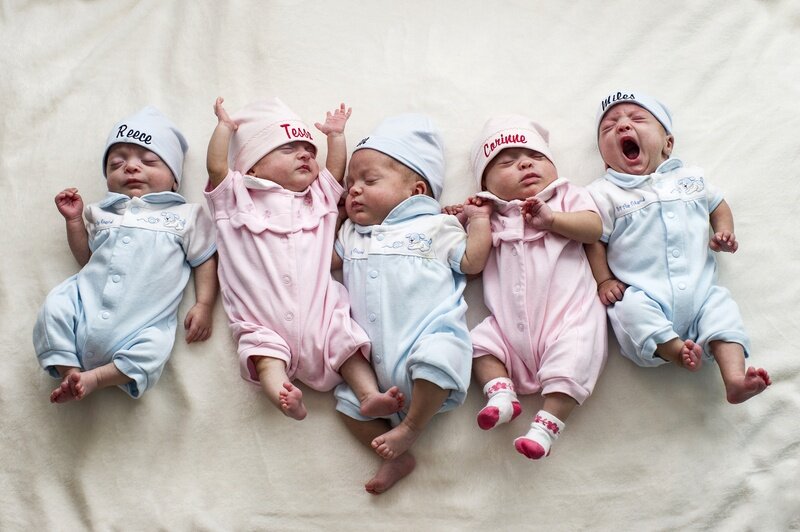Over 19,000 twins born in Iran last year

TEHRAN – Across the country, there were 1,366,509 registered births last year (Mach 2018-March 2019), of which about 19,911 have been twin births, the National Organization for Civil Registration spokesman has announced.
Some 646 triplet births and 21 higher order multiple births happened in the country last year, IRNA quoted Seifollah Aboutorabi as saying on Tuesday.
“Moreover, two set of quintuplets were born in provinces of Isfahan and Markazi last year,” he added.
He went on to say that of some 1,366,509 registered births, 704,054 were baby boys and 662,455 were girls.
About 106 boys were born for every 100 girls, for a ratio of 106.3 percent, he concluded.
When it comes to having twins, not all regions are created equal. Central Africa snags the record for the highest twin birthrate, while Asia and Latin America have much lower rates of twinning, according to a new international study and global twins database reported in 2011.
Scientists have created twin’s databases for 76 developing countries, the most comprehensive yet for the developing world, which includes data on approximately 2.5 million births by nearly 1.4 million women collected between 1987 and 2010.
Of the developing nations studied, 13.6 twins per 1,000 births were born on average. This is comparable with intermediate rates seen in the United States, Australia and many European countries of nine to 16 per 1,000 births.
A key factor linked with fraternal twinning is a mother's age, the number of twin pregnancies rises substantially with maternal age and then decreases after age 38. The number of pregnancies a woman had before a twin pregnancy also appears to play a role, as might details such as smoking, contraceptive use and even a woman's height, the taller, the greater chances seem to be of giving birth to fraternal twins. In addition, there is a substantial hereditary component to fraternal twinning that apparently runs through the female line.
FB/MG
